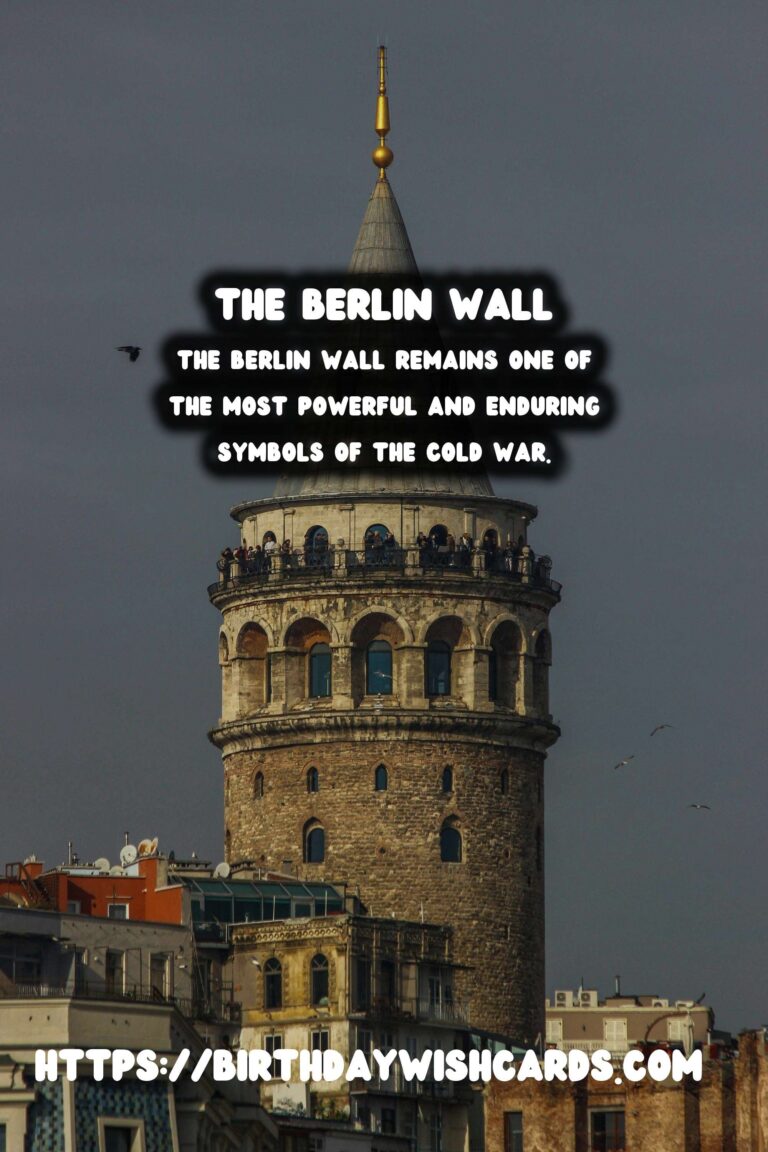
The Berlin Wall remains one of the most powerful and enduring symbols of the Cold War. Erected in 1961 by the German Democratic Republic (GDR), it physically and ideologically divided East and West Berlin. Let’s delve into the background, significance, and eventual fall of this structure that shaped a city’s destiny while capturing the world’s attention.
The Origins of a Divided Berlin
Following the end of World War II, Germany was divided among the Allies into four occupation zones. The city of Berlin, located deep in the Soviet sector, was also split into four sectors controlled by the United States, United Kingdom, France, and the Soviet Union. These divisions reflected the growing ideological rift between capitalism in the West and socialism in the East.
By 1949, tensions culminated in two separate German states: the Federal Republic of Germany (FRG) in the West and the GDR in the East. Berlin became the focal point of this divide as both superpowers sought to reinforce their influence over Europe.
The Construction of the Berlin Wall
Throughout the 1950s, thousands of East Germans fled to the West through Berlin. To curb this mass exodus, the GDR, backed by the Soviet Union, decided to construct a wall that would stem the flow of its citizens. On August 13, 1961, East German troops began erecting the Berlin Wall, initially as barbed wire and cinder blocks.
The wall expanded over the years into a complex security system more than 87 miles long, complete with guard towers, anti-vehicle trenches, and a “death strip.” The Wall was more than just a physical barrier; it symbolized the deeply entrenched political and social schisms of the time.
Life in a Divided Berlin
Life on either side of the Berlin Wall varied considerably. West Berlin emerged as a vibrant hub of culture and commerce, flourishing under liberal democratic governance. Meanwhile, East Berliners experienced restricted freedoms under the socialist regime, with forced collectivization, censorship, and surveillance by the Stasi, East Germany’s secret police.
Families and friends were suddenly separated overnight, sparking numerous attempts to escape across the Wall despite the deadly risks involved. Successful escapes were celebrated in the West, underscoring the perceived ideological superiority of democracy over communism.
The Fall of the Berlin Wall
The Berlin Wall stood for 28 years but began to crumble in the late 1980s as the Soviet Union’s influence waned. Reformist policies implemented by Soviet leader Mikhail Gorbachev, combined with increasing civil unrest in the GDR, paved the way for change. On November 9, 1989, a miscommunication during a press conference inadvertently opened the gates of the Berlin Wall.
East and West Berliners swarmed the Wall in an emotional and jubilant reunion. This moment remains etched in history as a turning point toward German reunification. The official demolition of the Wall began shortly after, serving as a poignant reminder of resilience and hope.
The Berlin Wall’s Legacy
Today, sections of the Berlin Wall remain standing as a testament to a turbulent past and an inspiration for peace and unity. The East Side Gallery, featuring murals by artists worldwide, stretches along the longest remaining section of the Wall. Visitors reflect on the divisions it represented and the triumph over such adversity.
The story of the Berlin Wall is a powerful reminder of the human spirit’s ability to overcome oppression. As Berlin continues to heal and grow, it honors its past while shaping its future as a beacon of liberty and reconciliation.
The Berlin Wall remains one of the most powerful and enduring symbols of the Cold War. It physically and ideologically divided East and West Berlin. 
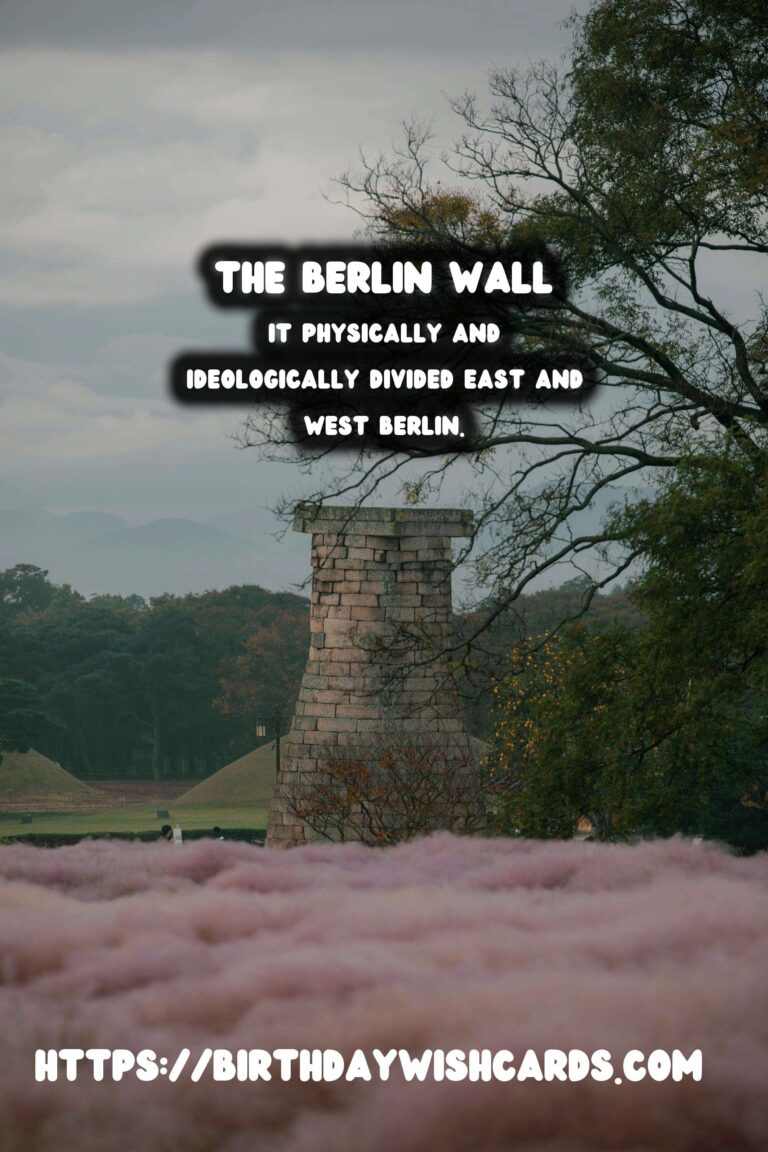
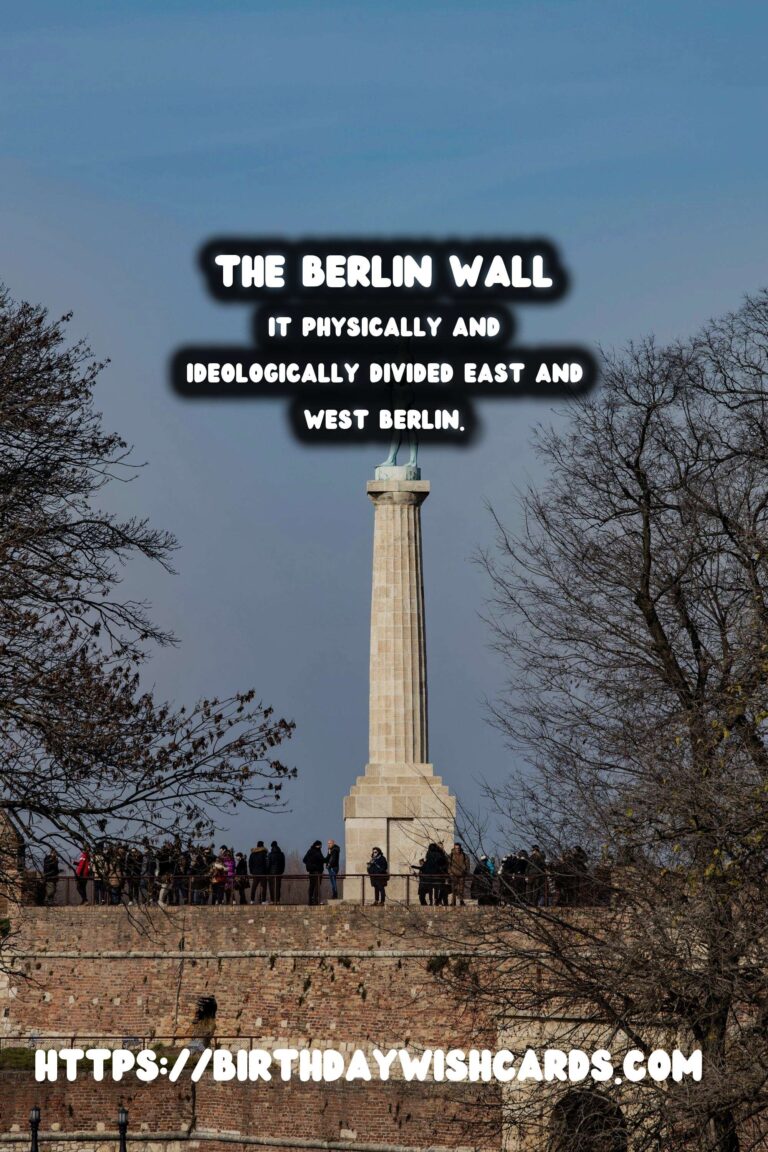
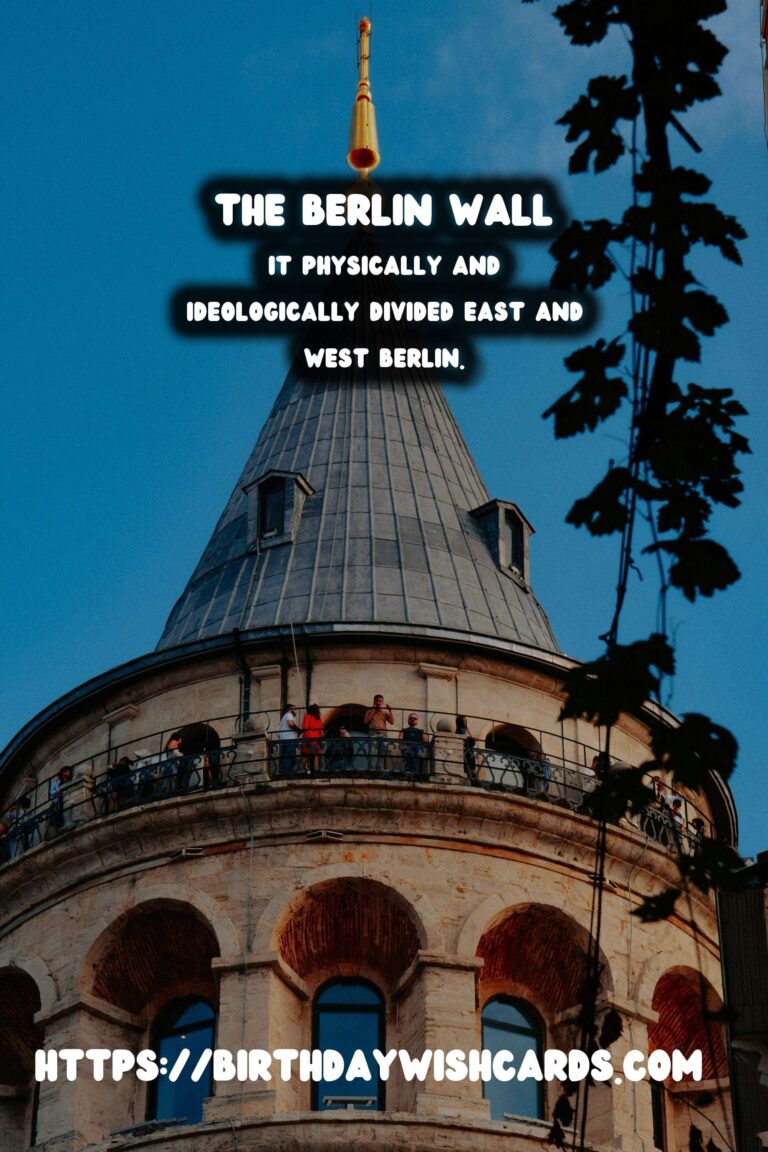
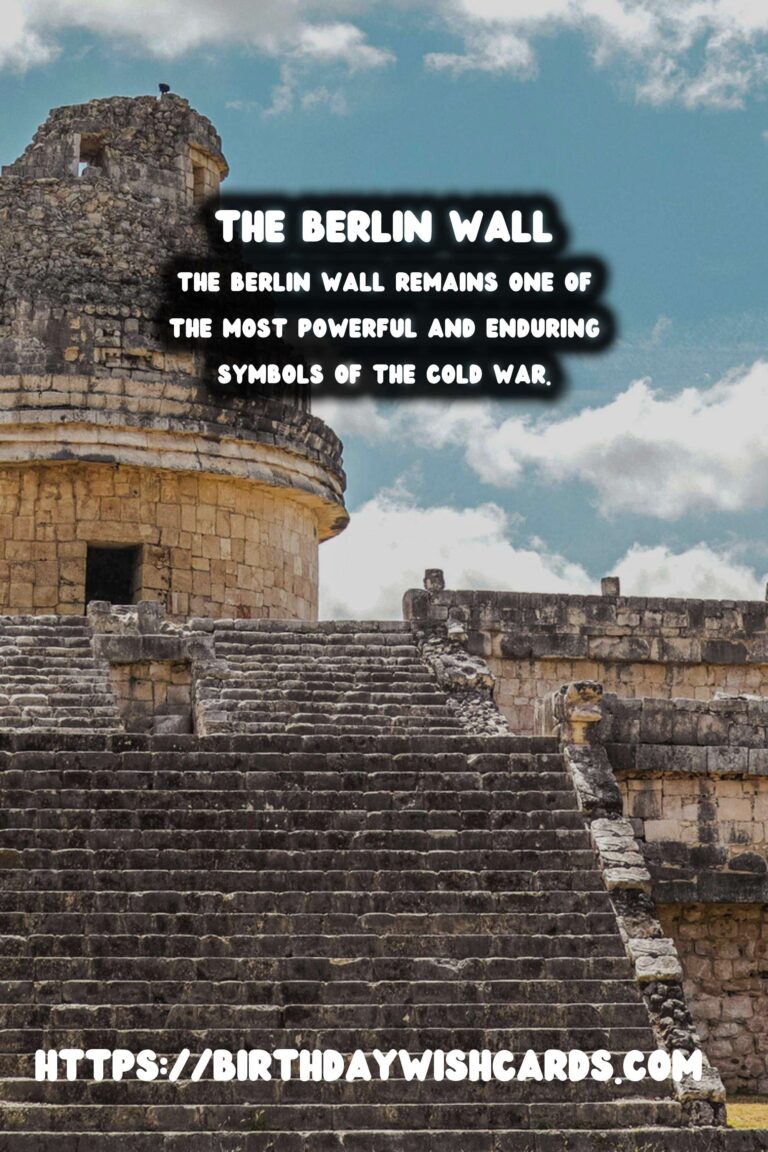
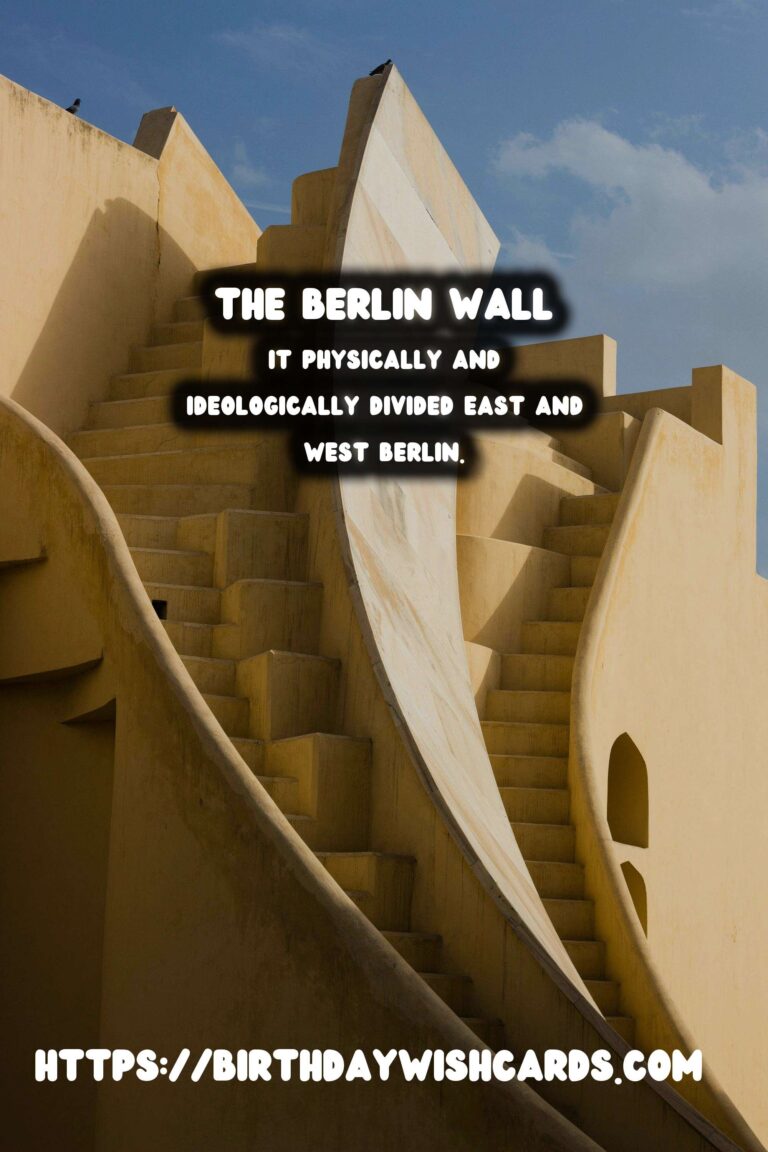
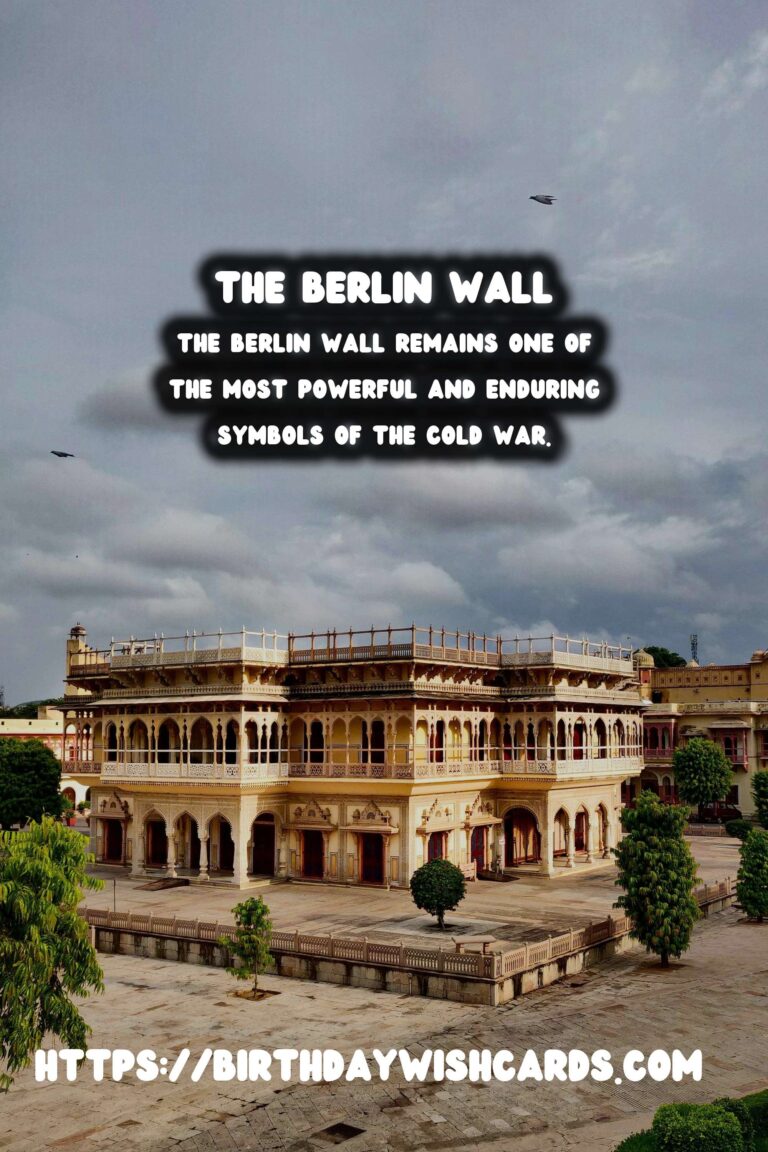
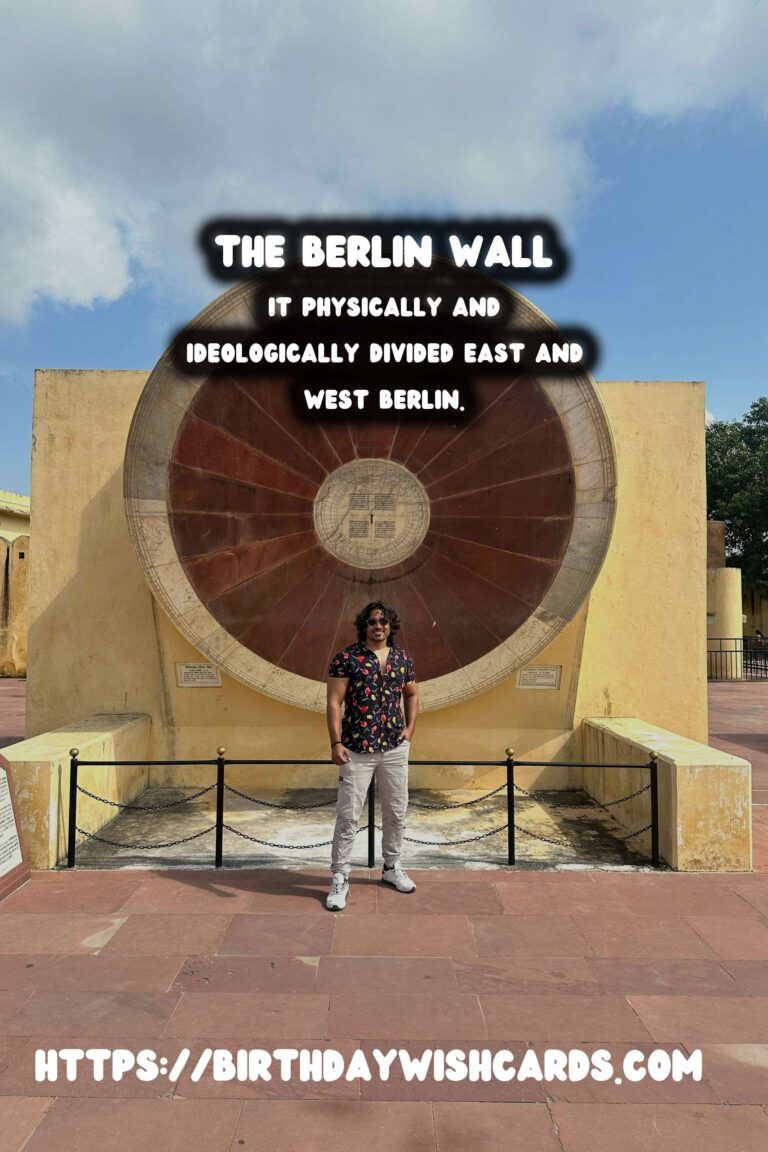
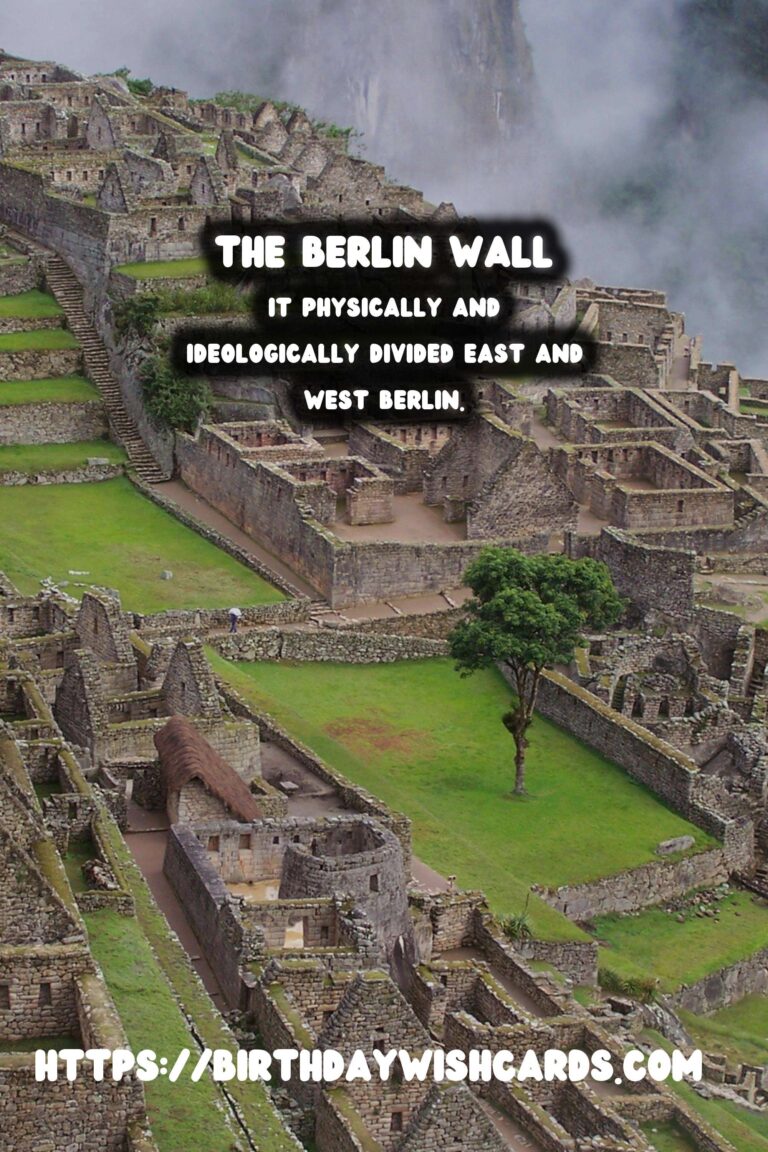
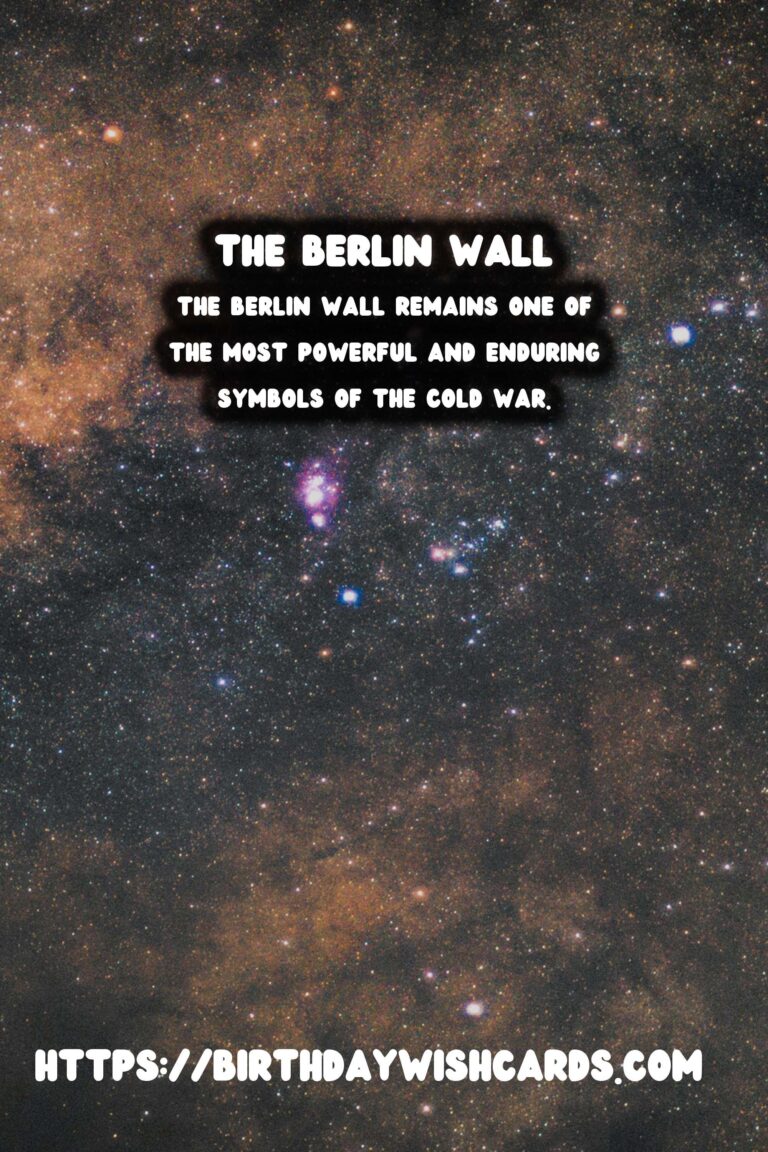
#BerlinWall #ColdWar



